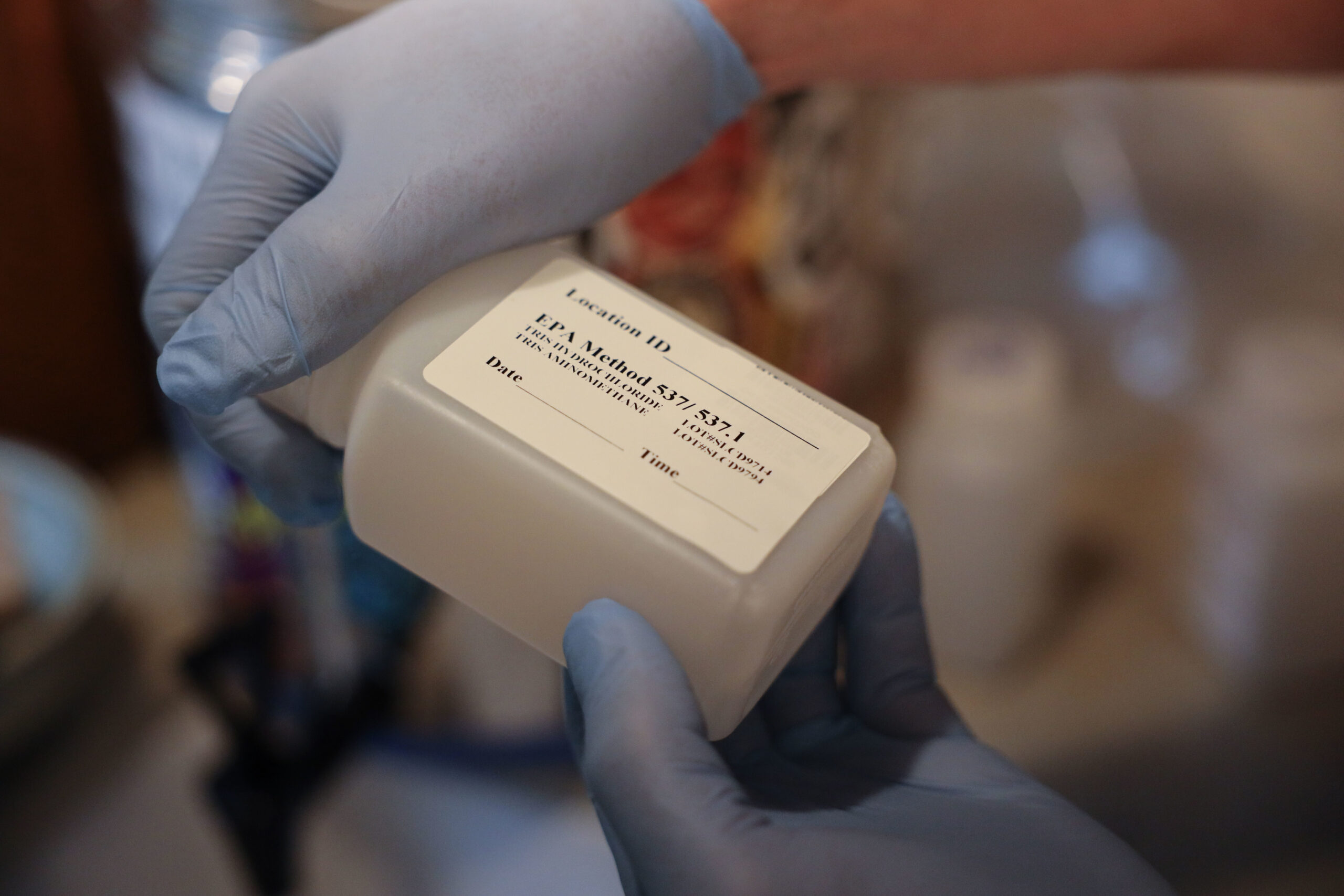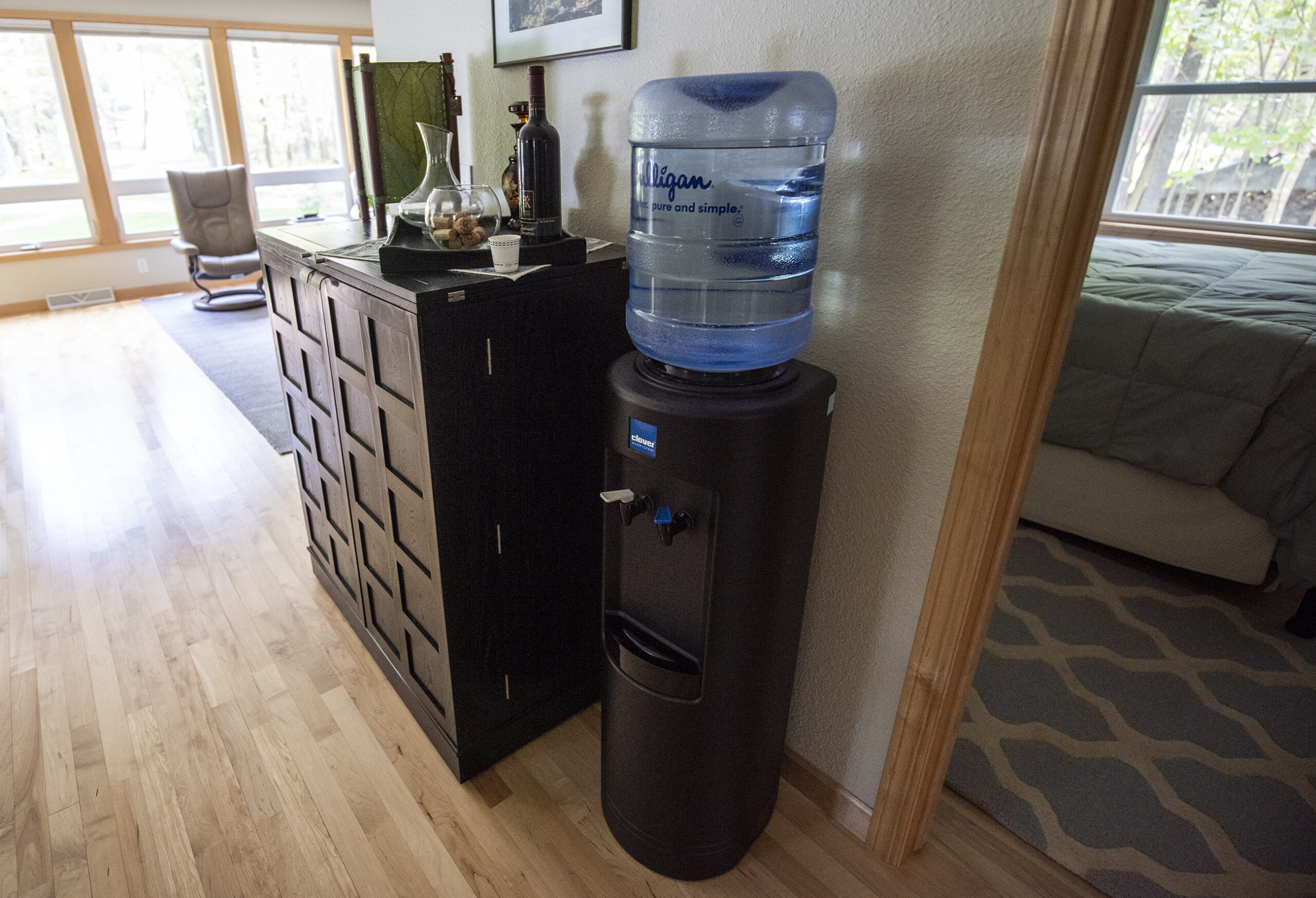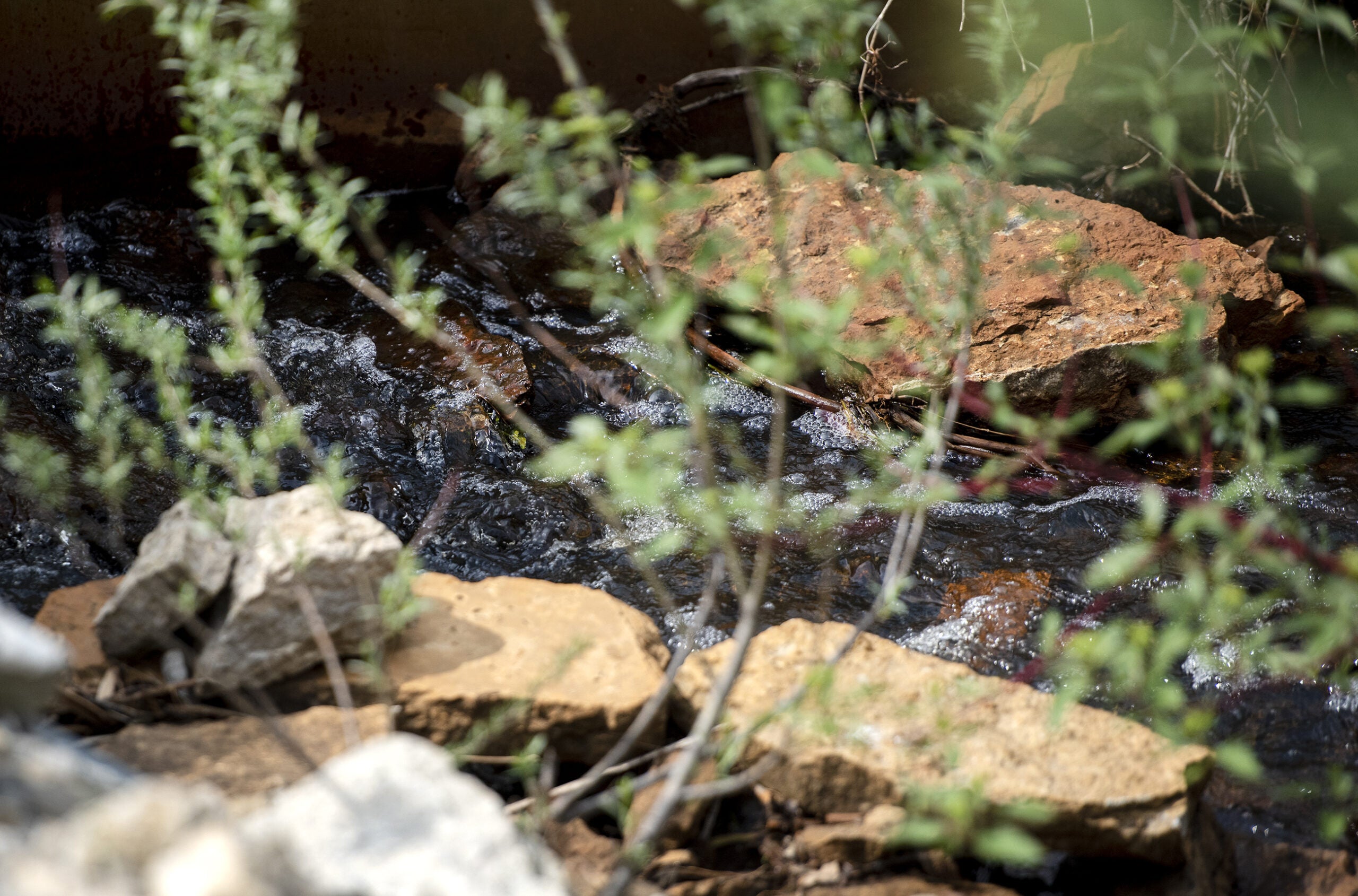Despite a temporary solution to treat PFAS, the chemicals in Wausau’s drinking water recently exceeded levels recommended by state health officials as PFAS are breaking through its filtration system. But levels are far below the state’s drinking water standards.
PFAS, short for per- and polyfluoroalkyl substances, are a class of thousands of synthetic chemicals used in products like cookware, food wrappers and firefighting foam. Research shows high exposure to PFAS has been linked to kidney and testicular cancers, fertility issues, thyroid disease and reduced response to vaccines over time.
Wausau Water Works notified residents this week that sampling showed a mix of PFAS chemicals at levels of 22.7 parts per trillion. That’s just above the state’s proposed groundwater standard of 20 parts per trillion that was recommended by the Wisconsin Department of Health Services. Additional testing showed levels of the chemicals around 12 parts per trillion.
Stay informed on the latest news
Sign up for WPR’s email newsletter.
“We’re monitoring monthly, which is significantly more than what we have to, but we’re just trying to understand how our interim solution with the resin is functioning and when we’re going to have to replace it,” Eric Lindman, Wausau’s director of public works and utilities, told WPR.
The city’s new treatment plant includes a temporary resin filtration system to remove PFAS. That temporary system will ultimately be replaced by city’s plan to build a roughly $15 million treatment system that will use granular activated carbon to remove the chemicals from drinking water. Wausau has borrowed about $17.5 million for the project. Water rates for residents have already gone up almost 65 percent with construction of the new plant.
Last year, the state enacted drinking water standards of 70 parts per trillion in August. The U.S. Environmental Protection Agency has since proposed limits for the chemicals in drinking water of 4 parts per trillion for two of the most widely studied substances, PFOA and PFOS. That’s around 17 times more stringent than the state’s drinking water standard.
Steve Elmore is director of the Drinking Water and Groundwater Bureau for the Wisconsin Department of Natural Resources. He said water systems are required to notify users if PFAS levels exceed the state’s recommended groundwater standard. However, he said they’re not required to take corrective action unless they go beyond the state’s drinking water standard of 70 parts per trillion for the chemicals.
Elmore said PFAS is breaking through the part of Wausau’s filtration system that removes the chemicals from drinking water because it becomes overloaded with PFAS.
“Some of it keeps going through, and so they’re doing a regularly scheduled change out of the (filter) in the next month is what I’m being told and that will then reduce the PFAS again,” Elmore said.
Elmore said it’s likely Wausau will see slight increases in PFAS until a permanent treatment sytem is installed because the plant was not designed to remove the chemicals. Although, the plant’s filtration system is removing some PFAS along with other drinking water contaminants.
Lindman said the DNR is not requiring water systems to follow the EPA’s proposed standards, but he said it’s been difficult to navigate changing requirements. Wausau said the agency is now requiring the city to monitor levels for a combination of six PFAS chemicals to determine whether limits exceed state health recommendations.
“We’re trying to keep track of all of the rulemaking, but we’re not getting any clear answers on why one isn’t matching up with the other,” Lindman said. “So it’s been very difficult.”
Elmore said the agency hasn’t changed its monitoring requirements since state standards went into effect. Water systems are required to use certain EPA methods for testing the chemicals. Prior to state standards, Elmore said utilities weren’t required to use any specific sampling method for PFAS.
“One thing to keep in mind is quite a bit has changed since Wausau first took a sample for PFAS both in terms of the methods, but also the understanding of PFAS and what levels that we’re concerned about,” Elmore said.
Elmore said state health officials previously proposed a combined groundwater standard of 20 parts per trillion for six PFAS, including PFOS and PFOA. The state’s recommended threshold includes the four additional PFAS chemicals that Wausau is required to monitor in its drinking water. They include NEtFOSE, NEtFOSAA, NEtFOSA, and FOSA.
Elmore said the DNR is examining the EPA’s proposed standards, and federal regulators intend to finalize their proposed rule by the end of this year. The state would then match its regulations to reflect any new federal standards.
The chemicals have been detected in public wells in cities including Wausau, Eau Claire, Madison, and La Crosse. They’ve also been found in private wells in the towns of Campbell, Peshtigo, and Stella.
Roughly 800 public water systems that have been tested in Wisconsin are meeting the state’s current drinking water standards for PFAS. Around 30 public water supplies have levels of the chemicals beyond limits proposed by federal regulators.
Water and industry groups have highlighted concerns over the cost of complying with more stringent standards. The American Water Works Association estimates treatment of PFAS in drinking water could cost up to $38 billion nationwide.
The 2023-25 state budget includes $125 million to address PFAS contamination statewide. Republican lawmakers have authored a bill on how that money would be spent to help communities address the chemicals. The proposal is still making its way through the legislative process, although environmental groups and residents are voicing concerns about industry-supported provisions that would weaken the DNR’s authority to address the chemicals.
Wisconsin Public Radio, © Copyright 2025, Board of Regents of the University of Wisconsin System and Wisconsin Educational Communications Board.




